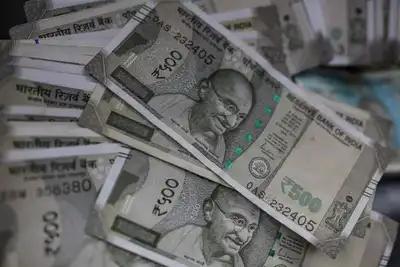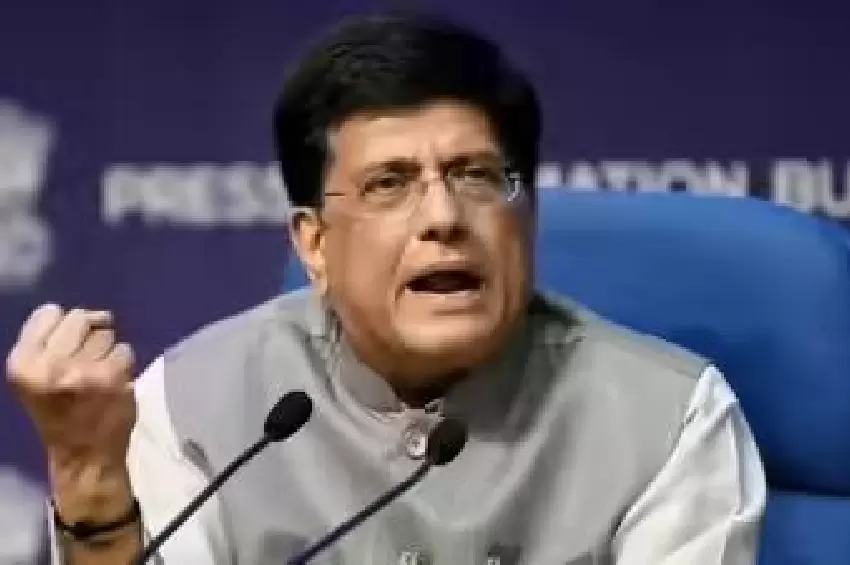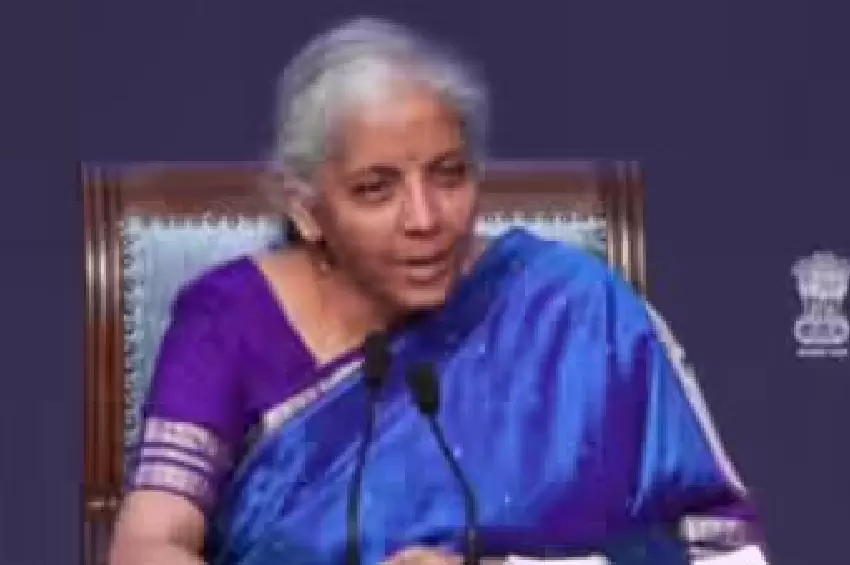The High Cost of Sending Money Abroad
Indian families supporting their children's education abroad paid an estimated Rs 1,700 crore ($200 million) in bank fees and currency markups in 2024, according to a report by Redseer Strategy Consultants and Wise.

Traditional Banks vs. Digital Remittances
More than 95% of India’s annual student remittances flow through traditional banks, which apply a 3–3.5% exchange rate markup and take between two and five days to complete transactions. In contrast, digital remittances are significantly cheaper, averaging 5% in fees.
The Global Perspective
The global average cost of sending $200 was 6.4% of the amount sent, a slight increase from 6.2% a year earlier, according to the World Bank. This remains well above the UN Sustainable Development Goal target of 3%.
How Wise is Changing the Game
Wise, which sponsored the study, maintains local pools of funds at both ends of the payment corridor, allowing for faster transfers at the mid-market exchange rate without markup. Since launching in India in 2021, education-related payments account for 75% of its volume from the country.
The Future of International Student Remittances
With India emerging as the largest source of international students in the US and overseas education spending expected to double by 2030, the cost of remitting funds will become increasingly material.









Comments